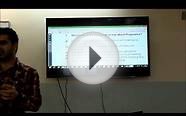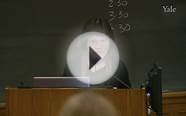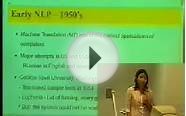
Chapter 1 semantics in Linguistics
|
How speaker intention and hearer interpretation affect meaning OR the study of utterance meaning OR how the meanings of the things we say are shaped by context. |
|
|
1. Interrogatives (questions)
|
|
|
Utterance intended to convey communicative force. |
|
|
Utterance whose meaning is the sum of its parts, the literal meaning. Eg: "Has it started to rain?" |
|
|
Utterance whose meaning depends on context rather than on literal meaning. Eg: "Have you cleaned your room yet?"; depending on the context, this may actually be a threat. |
|
|
Theory dealing with the construction of meaning in conversation by direct and indirect speech acts; concerned with the communicative intentions of speakers and how they achieve their communicative goals. |
|
|
Austin's 3 basic kinds of acts that are simultaneously performed by an utterance |
1. Locutionary - an utterance with a particular sense and reference (closest to meaning in the traditional sense, the sum of its parts).
|
|
Grice's maxims of conversation |
Late 20th C rules of conversation that describe the shared rules speakers use in interactions; they include:
|
|
Grice's cooperative principle |
Assumption that in conversation speakers will... |
See also:
- Best 1win login today
- get today mines play for real money
You might also like



|
Sammons preston Library of Early/Emergent Vocabulary Photographs Health and Beauty (Sammons preston)
|











